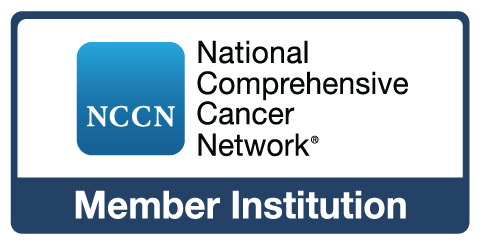
Dr. Lawrence Mark
By Candace Gwaltney
Friday, June 5, 2020
Deaths from the skin cancer melanoma have dropped substantially in recent years, according to research published this spring and shared by the National Cancer Institute. The study found that while deaths from melanoma among white Americans rose from the mid-1980s to 2013, there was an 18 percent decline in deaths from 2013 to 2016.
We asked Lawrence Mark, M.D., Ph.D., associate professor of clinical dermatology at IU School of Medicine and a physician scientist at the IU Simon Comprehensive Cancer Center, to weigh in on this positive news as summer brings more sun exposure.
Great news – death rates from metastatic melanoma have dropped substantially in recent years. What are the primary reasons for that?
Dr. Mark: We've had major advances in our therapy options for metastatic melanoma. A 17 percent to 18 percent decline in death rate matches the response rates that we have to the immunotherapies against melanoma. Patients have response rates of somewhere between 20 percent to 40 percent and about half of those responses are what we call durable, meaning that people live with their disease or their disease shrinks away to the point that we can't measure it.
Are there changes in the number of melanoma cases as preventative measures are shared?
Dr. Mark: The number of melanoma cases is relatively steady with some age groups dropping off a bit. Is that attributable to our primary prevention efforts to reduce tanning and asking people to do more sunscreen applications? We think that's probably how it worked in Australia, where it started to decline because people were vigilant about their UV exposures. It takes many years for those sorts of prevention measures to be realized, because it may be a decade or two or more before the effects of dangerous UV exposures are revealed.
What melanoma research is currently happening at IUSCCC?
Dr. Mark: We have an ongoing study at our institution combining one of the immunotherapies for melanoma called pembrolizumab with a treatment that is injected directly into easily accessible tumors in the skin or lymph nodes called talimogene laherparepvec. It's a viral therapy injected into the tumor to break down the tumor and induce an improved immune response. We combine that with an immunotherapy that makes your immune system become more activated. Does that improve outcomes for melanoma? That's the question to be answered, and is it safe to do it this way. This is a national study and IUSCCC is one of the clinical trial sites.
As summer begins, what should we know about reducing risks for melanoma?
Dr. Mark: I have the usual recommendations as we come into summer for your avoidance practices, which includes regular sunscreen applications, using lip balm with SPF and wearing a hat to protect from UV rays. Choose a sunscreen with an SPF of least 30 and make sure the bottle says that it is “broad-spectrum,” meaning it covers both the UVA and UVB portions of sunlight.
Q: Finally, what are some signs of skin cancer?
Dr. Mark: Watch out for what I call the “ugly duckling sign.” If you have a spot that just doesn’t look like any other, it is best to have a doctor examine it, just to be on the safe side. Also, be familiar with A,B,C,D,E:





